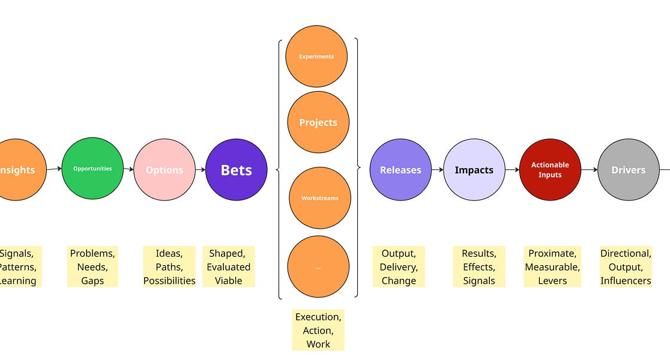The Beautiful Mess
1M
59

Image Credit: The Beautiful Mess
TBM 350: Connecting Dots
- The newsletter 'TBM 350: Connecting Dots' discusses the challenges faced in product development and operational strategies.
- It explores questions like ensuring visibility, dealing with complexity, and resisting pressure to conform to a singular process.
- The author uses diagrams to illustrate two contrasting approaches - project-based work breakdown and bet-driven, experiment-led models.
- The article emphasizes the importance of understanding causation and the uncertainty inherent in innovation.
- It highlights the interconnected nature of various work components and time horizons in influencing outcomes.
- The discussion delves into the complexities of structuring product organizations to adapt to dynamic environments.
- It stresses the importance of minimizing globally consistent operational elements and allowing for local variations in work processes.
- The article underlines the significance of physical boards for enabling effective communication and decision-making in product development.
- It cautions against treating abstract models as concrete realities and advises on the selective centralization of operational processes.
- The author recommends utilizing fractal structures and avoiding strict cascading models in managing product development effectively.
- Lastly, the article suggests focusing on rituals, interactions, and shared language to enhance collaboration in product development teams.
Read Full Article
2 Likes
For uninterrupted reading, download the app